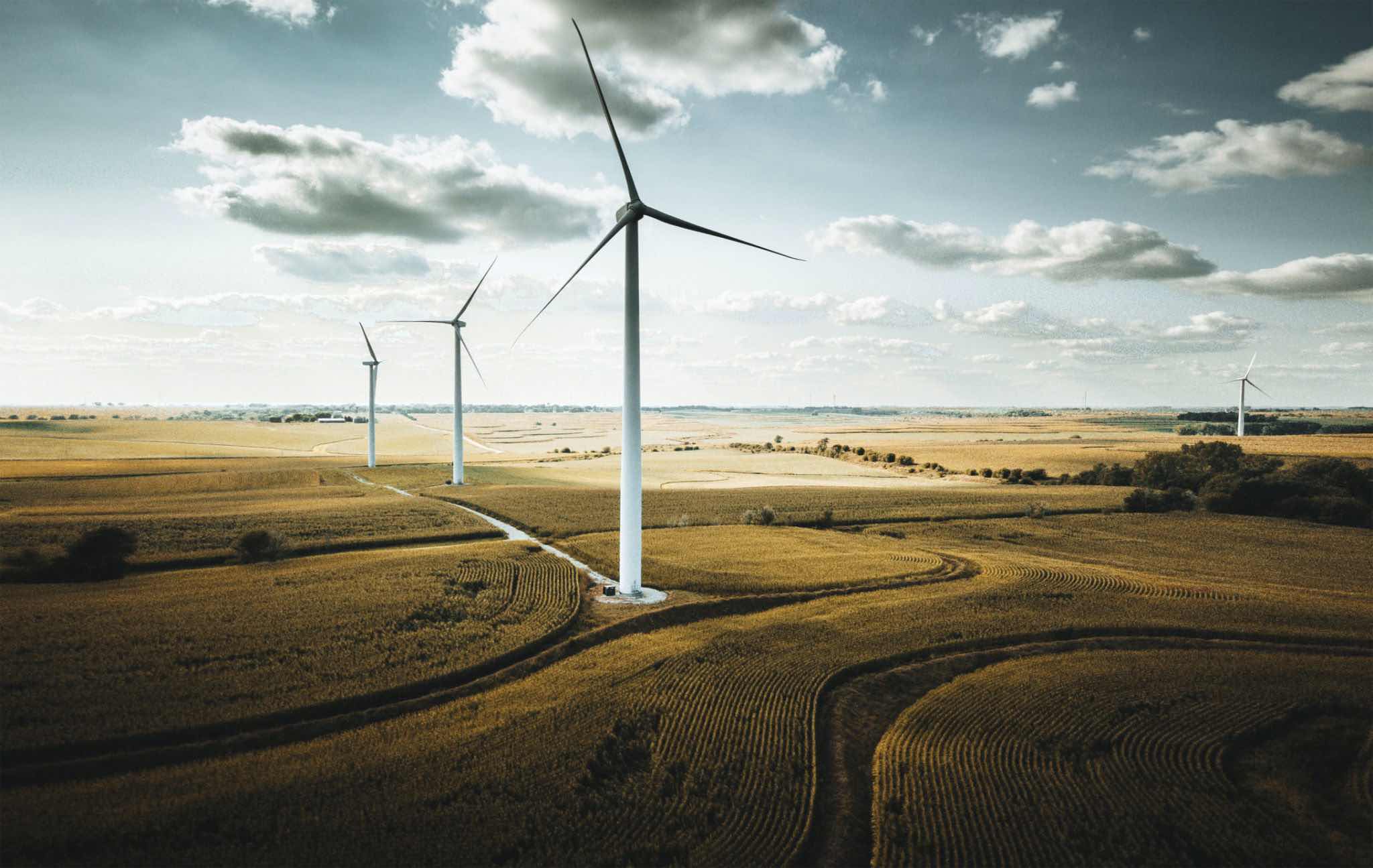
Elizabeth Weise - USA TODAY
Across this central northern county, wind turbine blades slowly slice the cold air over winter-brown fields. The 67 wind turbines of the Meridian Way Wind Farm straddle dozens of farms and ranches, following the contours of the land and the eddies of the wind above it. The turbines are tall enough that their size is hard to gauge from cars driving by.
Their impact on the surrounding landowners is less hard to measure.
“I would say the absence of financial stress has been a real game-changer for me,” said Tom Cunningham,who has three turbines on his land and declined to give his age, saying only he is "retired." “The turbines make up for the (crop) export issues we’ve been facing.”
In an increasingly precarious time for farmers and ranchers, some who live in the nation’s wind belt have a new commodity to sell – access to their wind. Wind turbine leases, generally 30 to 40 years long, provide the landowners with yearly income that, although small, helps make up for economic dips brought by drought, floods, tariffs and the ever-fluctuating price of the crops and livestock they produce.
Each of the landowners whose fields either host turbines or who are near enough to receive a "good neighbor" payment, can earn $3,000 to $7,000 yearly for the small area – about the size of a two-car garage – each turbine takes up.
Cunningham's lease payments allowed him to pay off his farm equipment and other loans. The median income in Cloud County is about $44,000, according to the 2018 U.S. Census.
“Some of the farmers around here refer to the turbines as ‘their second wife.’ That’s because a lot of times, farm wives have to work in town to make ends meet,” he said.
Rural areas across the USA have long experienced population declines, slow employment growth and higher poverty rates than urban areas, according to the U.S. Department of Agriculture.
Things have been especially difficult recently. U.S. farm bankruptcy rates jumped 20% in 2019, to an eight-year high. Wisconsin saw 48 Chapter 12 filings, or family farm bankruptcies, over the 12-month period ending in September, the nation's highest rate. Georgia, Nebraska and Kansas were next, each with 37 filings. Minnesota, California, Texas, Iowa, Pennsylvania and New York rounded out the top 10 states for farm bankruptcies.
A trade war between China and the United States, brutally low prices for commodity crops and increasingly unpredictable weather patterns have all contributed.
"Farm incomes have been down for a couple of years," said John Newton, chief economist for the American Farm Bureau Federation.
Inflation-adjusted U.S. Net Farm Income
U.S. farmers have faced difficult times over the past several years due to erratic weather, trade wars and low commodity prices. Family farm bankruptcies reached an eight-year high in 2019.
For some, lease payments to a wind farm to put up a turbine increasingly provide a cushion against the harsh economics of farm life.
Across Kansas, wind turbine lease payments are $15 million to $20 million a year, according to the American Wind Energy Association. Nationally, it's $250 million.
The money matters. About 180 miles south of Meridian Way is the Elk River Wind Farm. Pete Ferrell, 67, of unincorporated Butler County, said wind helped save the ranch, just as oil helped save it back in his father’s day.
“Dad allowed oil production here. There was a big drought in the 1950s. He said, ‘In all honesty, it was the money from the oil that got us through,’ ” he said.
To Ferrell, harvesting the almost constantly blowing Kansas wind is another way to make a living out of the land. Elk River's 100 turbines sport enormous blades, each 125 feet long, that sit atop 260-foot towers.
From any distance away, they appear silent as the raw winter wind whips by. From directly underneath, their susurrations combine the sounds of flags snapping in a strong breeze and the whir of a rumbling ice cream maker. The nearby air fills with the electric motor thrum of the oil pump jacks they are interspersed with.
For Ferrell, leasing land for wind turbines is reminiscent of the side jobs and town jobs many farmers and ranchers have always needed to get by.
“I really wasn’t going to survive as a rancher without outside income, or I was going to work myself to death doing 15-hour days," he said.
It's that way across the Midwest, said Kerri Johannsen, energy program director with the Iowa Environmental Council. "It’s not so much about green energy at all, but economics."
Iowa is a state that produces things from the land. She said wind is "just another crop, another opportunity to capture resources.”
REPOSTED FROM USATODAY - READ FULL ARTICLE HERE